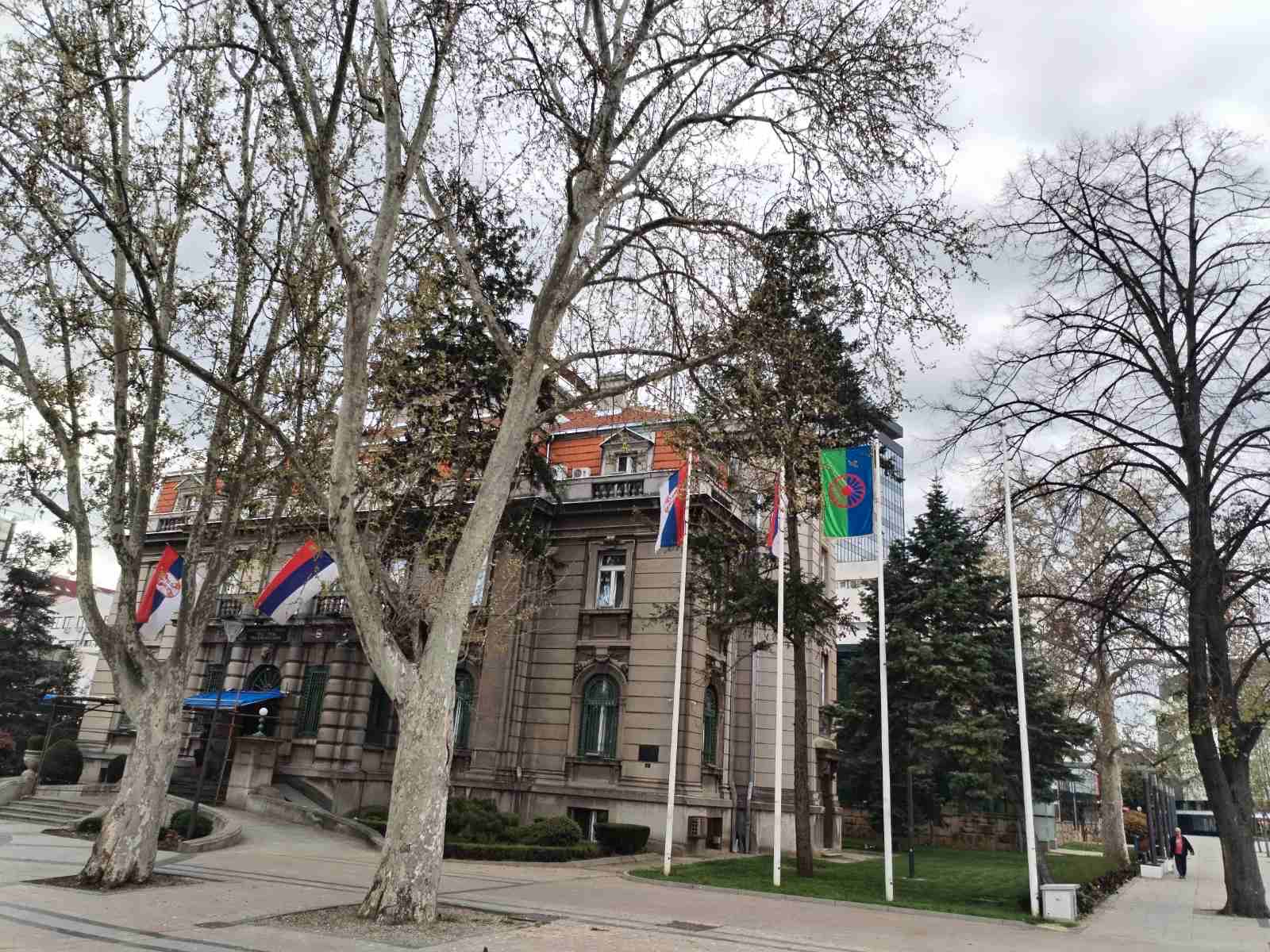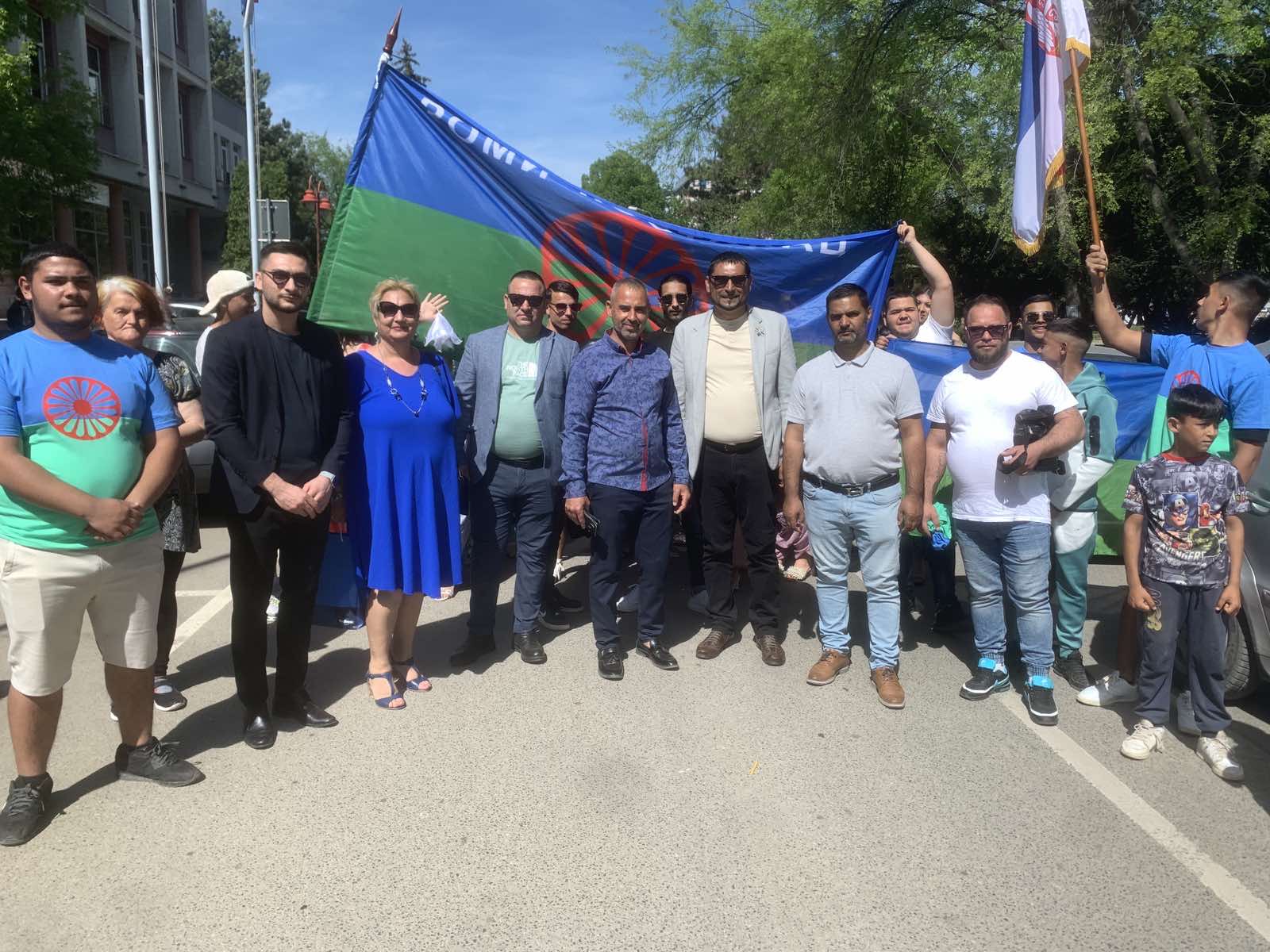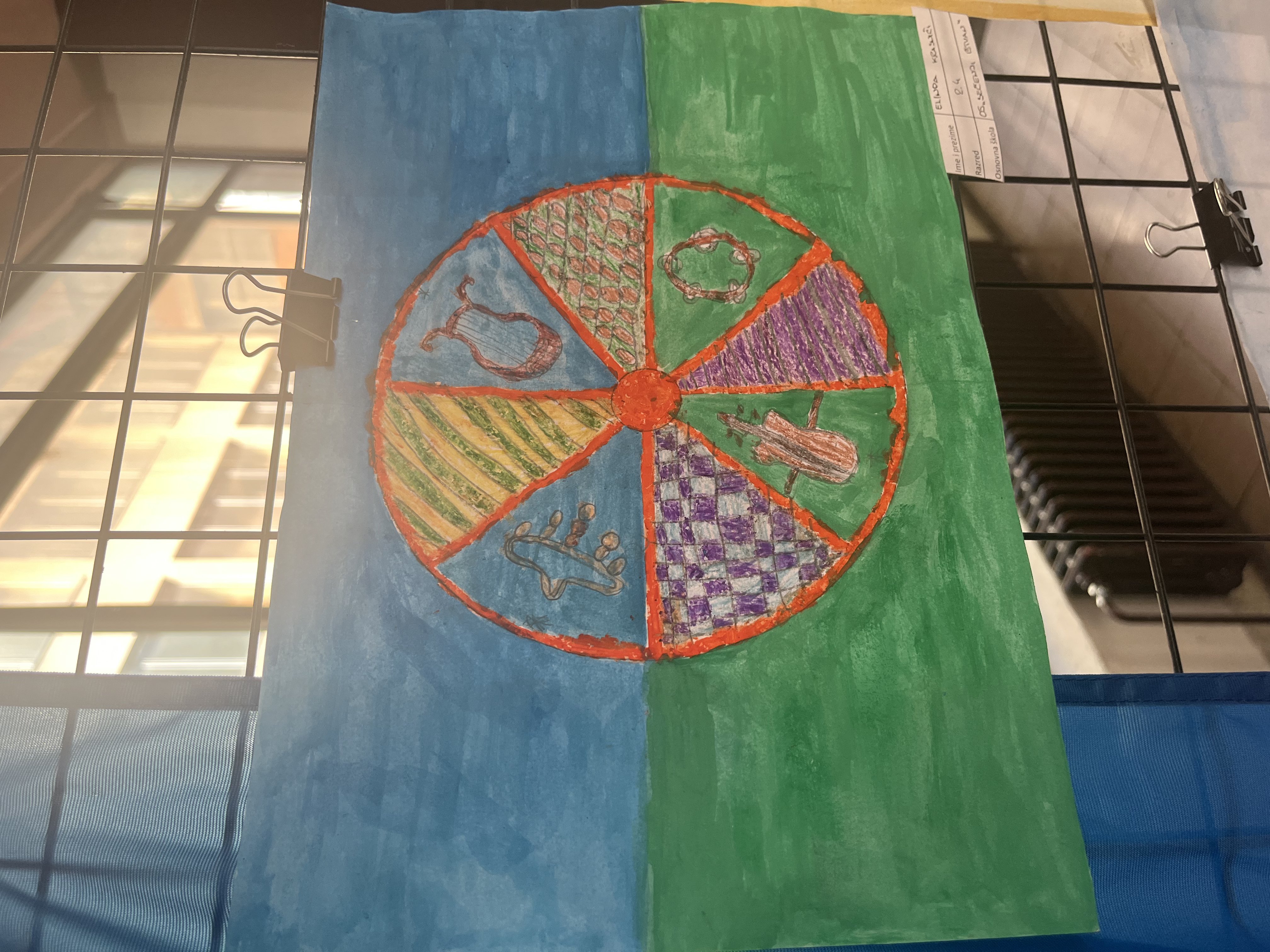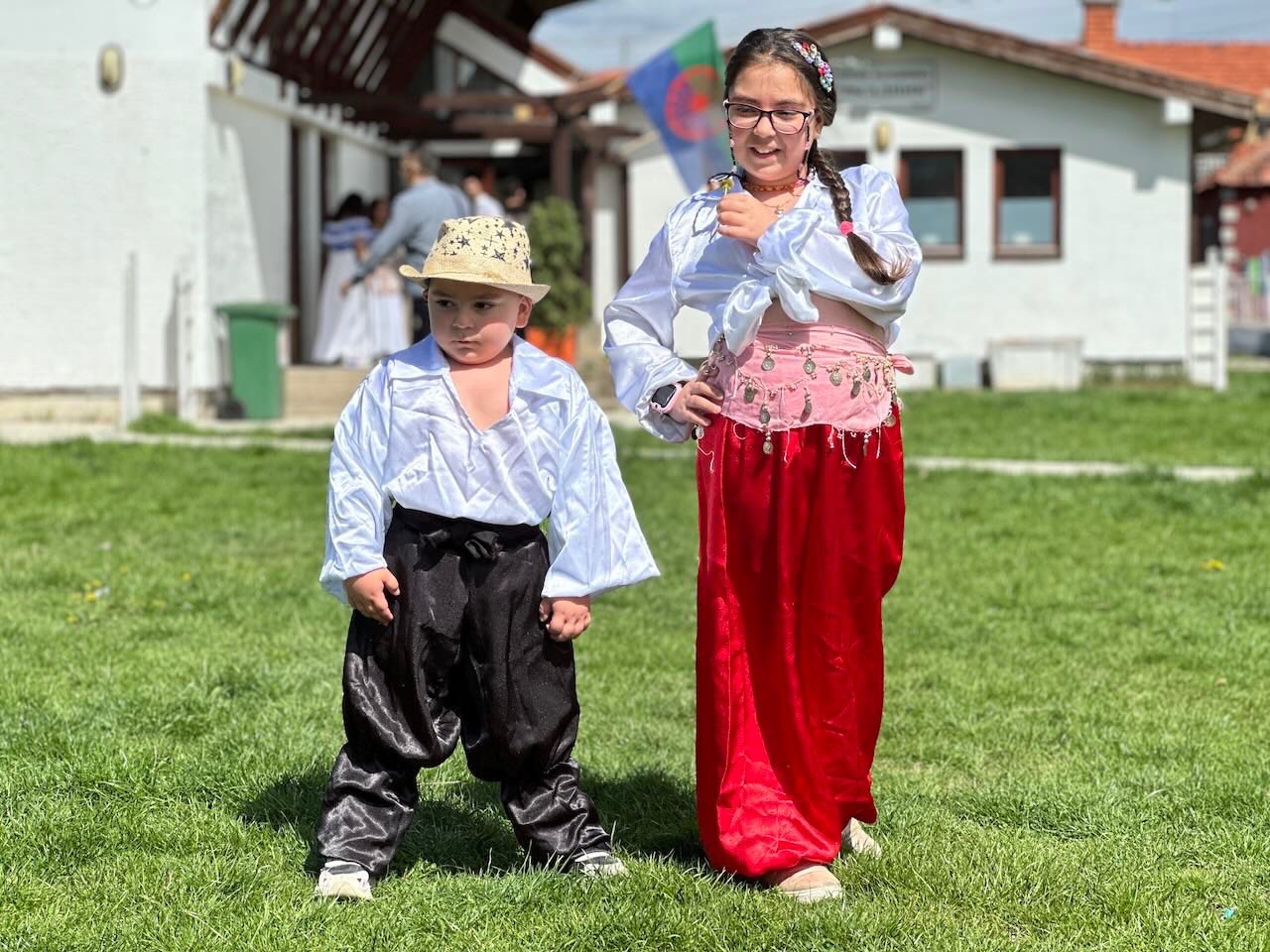The International Roma Day is traditionally marked in partner municipalities and cities with the support of the Joint programme of the Council of Europe and the European Union, ROMACTED II – promoting good governance and empowering the Roma community at the local level.
By commemorating April 8th, the International Roma Day, Romani culture, history, and language are celebrated, while simultaneously reminding and pointing out the fact that Roma people around the world are in significantly disadvantaged position compared to the majority population in almost all areas of social life. They continue to face discrimination and deep-rooted social exclusion.
As part of the celebration in partner municipalities and cities, a series of activities were organised to highlight the importance of the inclusion of all members of society and to celebrate diversity.
The Roma flag was raised on municipal buildings, or city halls, in Kostolac, Kragujevac, Lebane, Niš, Zvezdara, Zaječar, Subotica, and Vrnjačka Banja, as well as in local communities in Subotica, Pirot, and Vrnjačka Banja, and in Roma cultural centres in Apatin and Pirot. Additionally, the Tvrđavski Bridge in Niš was lit in the colours of the Roma flag.

During the celebration, the results or realised priorities recognised and proposed by the Roma community within the ROMACTED programme in Subotica and Aleksinac were presented.
Traditional receptions in honour of Roma, bringing together members of Local Action Groups, representatives of Roma organisations and pedagogical assistants, were held in Aleksinac, Apatin, Kostolac, and Subotica.
The celebration of Roma Day in Bač was symbolically held on the streets of Vajska, the largest Roma settlement, where discussions on Roma history and culture were held with children of various ages, followed by children drawing the Roma flag.
As every year, a parade was organised through the streets of Kostolac, followed by a programme at the Theatre Hall of the Cultural Center, where plaques and certificates were awarded to representatives of the municipality and the city of Požarevac, representatives of other institutions, and local civil society organisations. Following that, a cultural and artistic programme were held, consisting of singing, recitation, and a medley of dances by the Roma cultural folklore ensemble.

In Kragujevac, International Roma Day was celebrated with a solemn academy where acknowledgments were given to all relevant actors, and a concert by the folk orchestra of Nenad Milanović Pegi was held. Additionally, from April 4th to April 8th, the Romani Cultural Spring events took place, including the opening of the exhibition "Famous Roma of the World" at the National Library, as well as a discussion on the topic of Roma cultural heritage in Serbia.
At the Cultural Center Roma in Pirot, in the largest Roma settlement Rasadnik, a celebration was organized on April 8th through a series of events that began on April 4th with the organization of a cultural and artistic program, as well as workshops on the importance of Roma history, culture and art with elementary school students. It continued with the traditional gathering of members of the Local Action Group on April 8th.
In Subotica, in collaboration with the elementary school "Matko Vuković," a diverse cultural and artistic program was organised at the Open University, during which students of this school introduced the culture, customs, language, and history to their peers, parents, and guests. On that occasion, an exhibition of works by elementary school students on the theme "Richness of Diversity" was opened.
In the municipality of Zvezdara, in the Local Community Lipov Lad, a public performance of the monodrama "Only God Knows" was organised with musical accompaniment.
April 8th was declared as the International Roma Day in 1990 at the Fourth World Romani Congress of the International Romani Union (IRU) in Serock, Poland, in memory of the first International RomaCongress, held in 1971 in London. At that first international gathering, the Roma anthem "Djelem, Djelem" was established, as well as the blue-green flag with a red dot in the middle. The blue color symbolises the sky, freedom, and boundless space, green represents grass, the path, a life marked by journeys, while the red dot signifies the symbol of constant movement.




